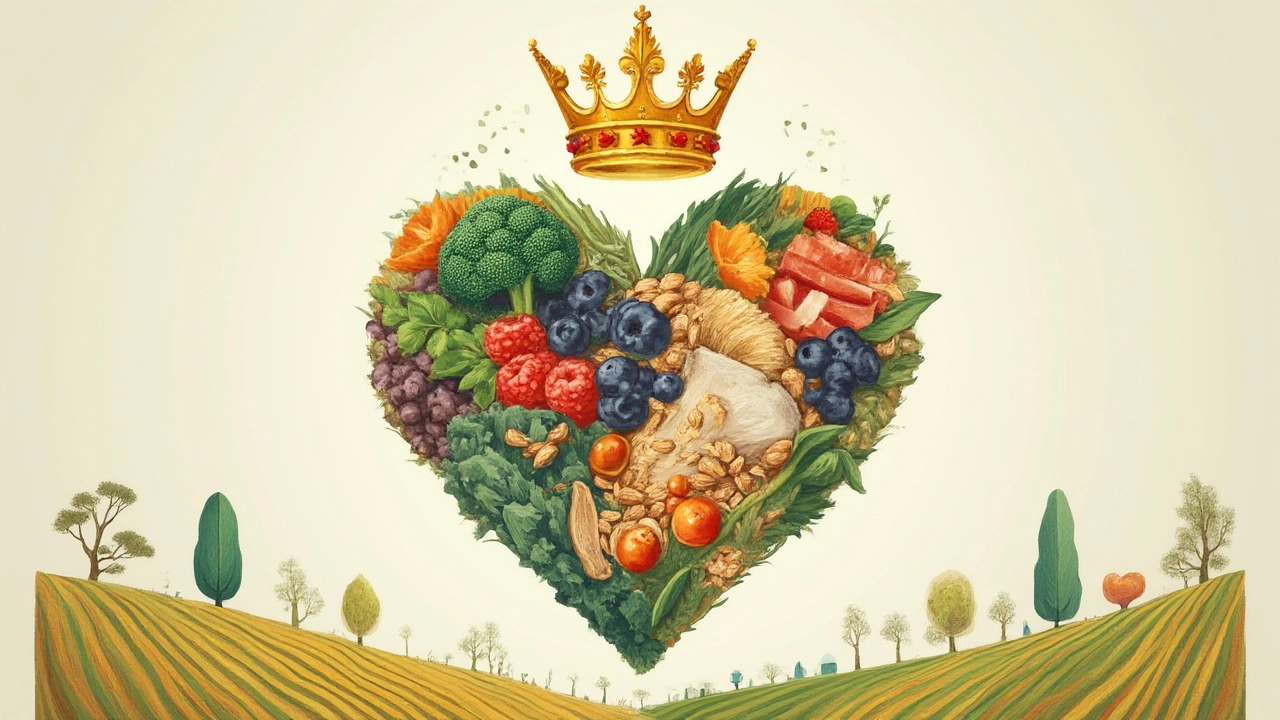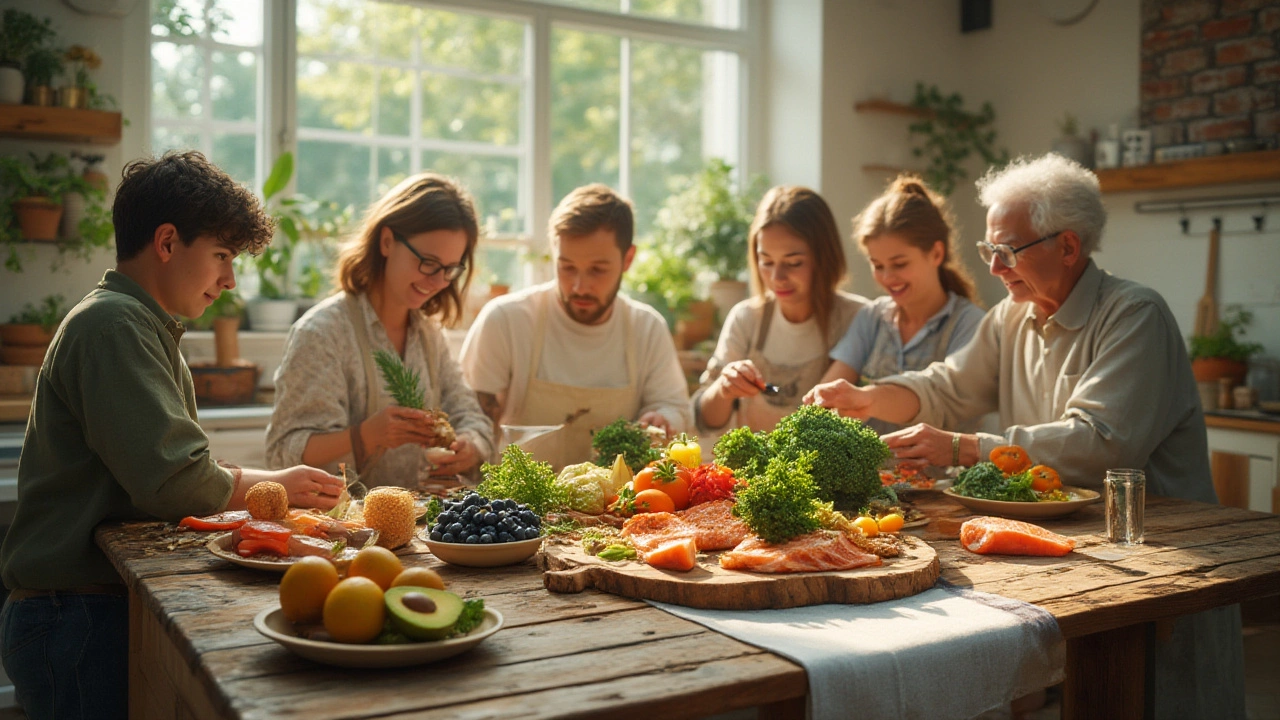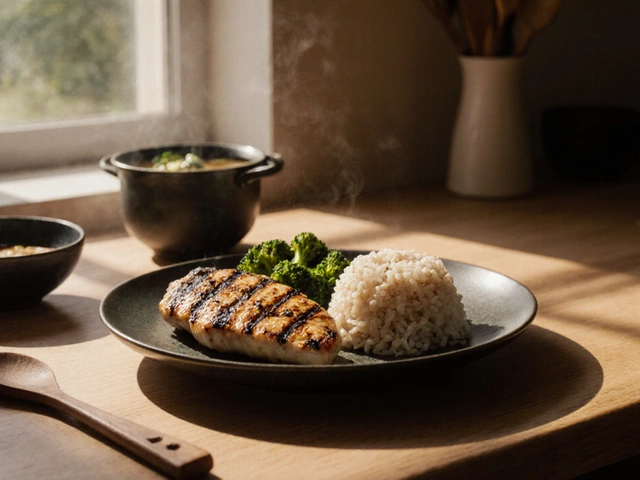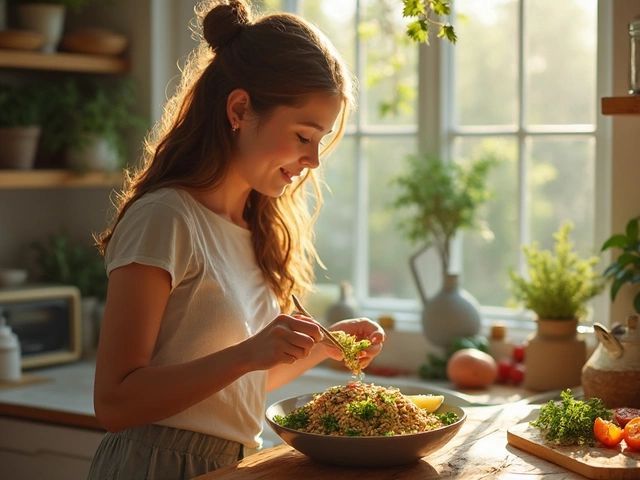Imagine one food that makes nutritionists geek out, baffles picky eaters, and stubbornly sits at the top of almost every health list. People, brands, and even TikTok wellness gurus obsess over superfoods, but which food truly wears the crown? The answer is as surprising as it is simple—and it’s not what you find splashed across trendy smoothie bowls. It’s the humble watercress. This leafy green quietly pulverizes its competitors when it comes to nutrient density and overall health benefits, and I promise, I’m not just saying that because my cat Whiskers likes hiding in the veggie box.
Why Watercress? Science Puts It at the Top
Watercress often gets overlooked in the avalanche of kale chips and acai powder, but when researchers at the Centers for Disease Control and Prevention crunched the numbers in a massive study of more than 40 powerhouse fruits and vegetables in 2014, watercress beat everything—by a lot. The study looked at seventeen critical nutrients: vitamins, minerals, antioxidants. If you’ve been told to eat your greens, this little green delivers almost all the good stuff per calorie. Watercress scored a near-perfect 100 out of 100 nutrient density score, which no other food came close to. For comparison, spinach only hit 86, and broccoli stands at 34. Seriously, look up the CDC’s "Defining Powerhouse Fruits and Vegetables" chart—it’s wild.
When you break down what watercress offers, the list reads like a wish list for a nutritionist: vitamins A, C, K, E, plus calcium, iron, magnesium, and more. That’s not empty talk—just 100 grams of raw watercress (that’s roughly two overflowing handfuls) gives you almost half your daily vitamin A, a full day’s dose of vitamin K, and over a third of your vitamin C. Plus, it practically has no calories, clocking in at just 11 per 100 grams, which means you can snack away without worrying about your waistline (and I admit, I’d rather stuff my face with greens than count calories any day).
Let’s put it into perspective with a table, because numbers sometimes do all the talking:
| Nutrient (per 100g) | Watercress | Spinach | Broccoli |
|---|---|---|---|
| Calories | 11 | 23 | 34 |
| Vitamin C (%) | 52 | 28 | 89 |
| Vitamin K (%) | 312 | 483 | 138 |
| Vitamin A (%) | 47 | 56 | 12 |
| Calcium (mg) | 120 | 99 | 47 |
| Iron (mg) | 0.2 | 2.7 | 0.7 |
Percentages based on recommended daily intake; sources: USDA FoodData Central, CDC.
Nutrient Density: What Really Matters For Health?
Here’s something I wish every food label made easier to see: nutrient density matters far more than hype. Forget about whether something is “trending” or has the fanciest packaging. The healthiest food is the one that gives you the most nutrition for the calories you actually eat. Nutrient density basically means lots of vitamins and minerals packed into a small, calorie-light package—like watercress. Not like potato chips (unfortunately) or even some fruits that are high in sugar but low in core micronutrients.
When you eat nutrient-dense foods regularly, your body gets the tools to fight off illness, keep your skin glowing, boost energy, and even improve your mood (trust me, that green glow is not just for influencers). Since watercress packs so much in for so few calories, it helps every part of your body—a true powerhouse for bones, eyes, and even heart health, thanks to its antioxidants and high vitamin K for clotting and bone strength.
Feeling full is also easier when you eat foods like this. You get bulk, you get nutrition, and you don’t get a blood sugar spike. That’s why top athletes and health-conscious folks almost always chase nutrient density: your body just works better on a cellular level. Ever cooked a stir-fry in a hurry? Tossing in a handful of watercress, spinach, or kale is the secret move chefs make when they want meals that pack more punch without extra effort or calories.
And get this—some studies even show watercress helps reduce the risk of chronic disease and could lower oxidative stress on your body, thanks to unique plant compounds called glucosinolates. So while avocado toast or acai bowls look cute on Instagram, watercress is quietly working its magic inside your cells.

How To Add Watercress (and Other Superfoods) To Your Plate
Here’s the fun part: no fancy kitchen gadgets, no endless shopping lists, just simple swaps and easy ideas to get more watercress into what you’re already eating. Honestly, the trick isn’t eating weirder foods—it’s just nudging watercress into classic meals. I’ll share how my partner Derek got hooked, even though he usually claims “salads aren’t dinner.”
- Salads: Toss watercress with a squeeze of lemon and a dash of olive oil, or pair with softer greens like baby spinach. Its peppery punch stands out, so you don’t need much else.
- Sandwiches and Wraps: Use watercress in place of lettuce for a sharp, fresh bite. It holds up well, so you don’t end up with soggy bread.
- Soups: Add a handful at the end of cooking veggie stew or chicken soup. The flavor pops and the nutrients don’t get cooked out.
- Stir-Fries and Omelets: After pulling your dish off the heat, stir in watercress. It wilts almost instantly and brightens the whole thing up.
- Pestos and Sauces: Blitz a cup of watercress into your favorite pesto recipe with nuts and olive oil. Smear it over toast or toss with pasta for a green boost.
My favorite hack at home: chop watercress with cherry tomatoes and avocado, sprinkle on your eggs, and add a crack of black pepper. It’s like a mini brunch moment, and Whiskers always tries to swipe some leaves when I’m not looking.
If you can’t get watercress—some weeks in Melbourne it disappears from my market—other powerhouse greens like kale, collard greens, or even arugula make strong substitutes. But for the “number one” health punch, watercress is hard to beat.
Debunking Myths: Is There Really One "Healthiest" Food?
The honest answer—one food alone isn’t magic, and variety still wins every time. Focusing on just one ingredient sounds neat, but bodies don’t work like Instagram reels. Watercress may be the most nutrient-dense, but your body is happiest with a wide buffet of colorful veggies, whole grains, good proteins, and healthy fats. Eating just watercress (for more than a few hours, anyway) would be boring—and you’d miss out on other essential nutrients or protein you need.
Nutritionists say “eat the rainbow” for a reason. Variety means your body gets a mix of phytonutrients, antioxidants, and different vitamins and minerals. If you’re plotting out meals, just think: is there something green, something orange (like sweet potato), something purple (like blueberries)? Then watercress becomes a daily MVP, not a solo act.
Plus, personal taste matters. Some people have thyroid concerns or goitrogenic foods (like raw cruciferous greens) to limit, so having a mix helps there too. For most people, a generous toss of watercress now and then is pure nutrition gold, but adding other superfoods means no one gets bored—and you keep your health benefits broad.

Quick Tips for Picking and Storing the Healthiest Foods
Shopping for watercress isn’t tricky, but fresh is always best for maximum nutrition. Pick stems that look dark green and crisp—limp yellowing leaves are a no-go. If you’re growing yours (like on our kitchen balcony), clean water matters because watercress is super sensitive to bacteria in old water. I keep it in the fridge, stood in a glass of water like a bouquet (Whiskers is convinced it’s a toy), changing the water every couple days. It keeps crisp for up to a week this way.
Don’t forget to rinse watercress before eating. Even organic greens can carry grit or bugs. Quick tips:
- Soak in cold water for a minute, then rinse under running water.
- Wrap in damp paper towels before storing in a container or bag in the fridge.
- Chop just before eating if you want the crispest texture.
- Use it fast—watercress is pretty delicate and will fade after a week even in the fridge.
What about cost? Here in Melbourne, a small bunch costs about $3-4 at weekend markets, and it lasts several meals. Compare that to $$$ for trendy powders or imported berries—sometimes the local, simple options pack the biggest nutritional punch. If you’re keen on saving more, watercress grows quickly in window boxes or hydroponic setups. With minimal effort, you’ll have a constant supply—Derek and I found ours nearly doubled in leafy size in under ten days this past spring.
If you want my biggest tip? Pay attention to the actual nutrients you’re getting—not just the marketing spin. Watercress might never win the “sexiest vegetable” contest, but it’s the secret weapon in the world’s healthiest diet routine. Cheers to eating smart, not just trendy.





